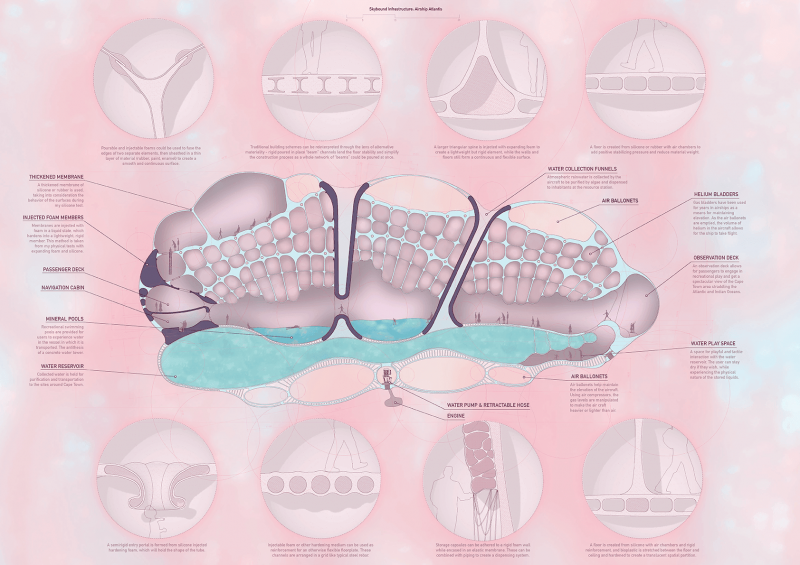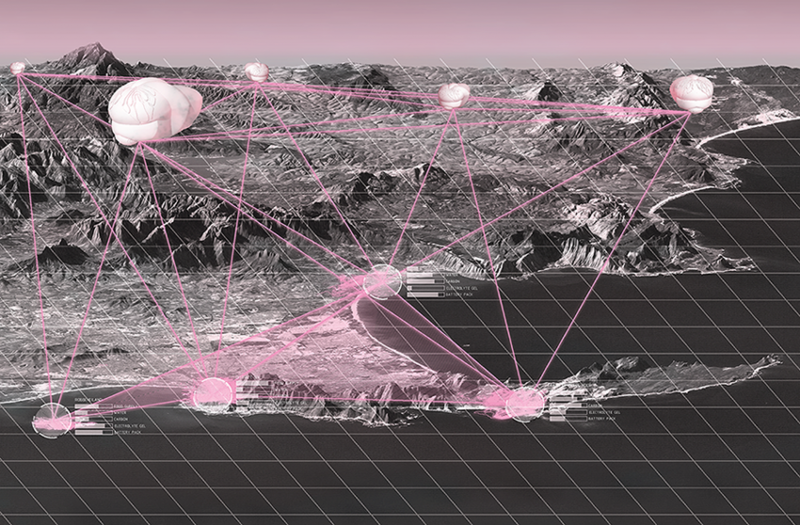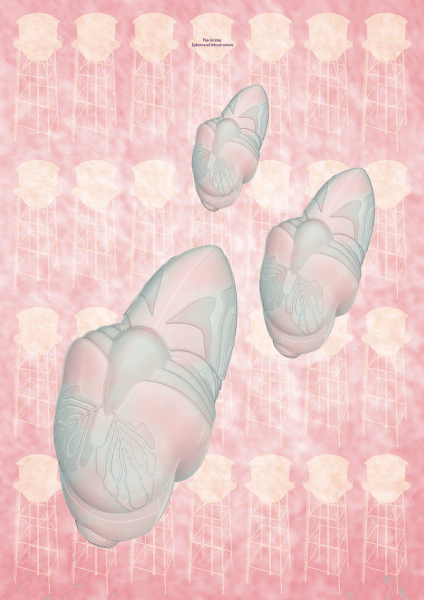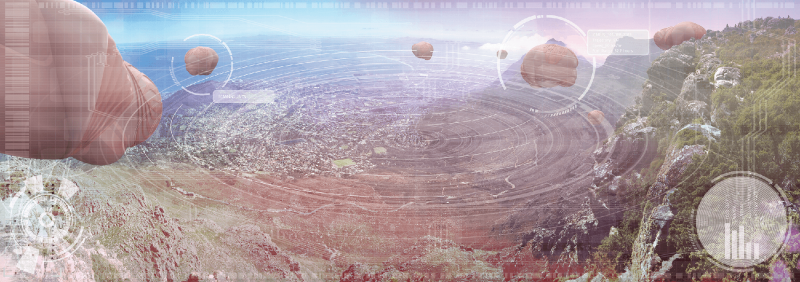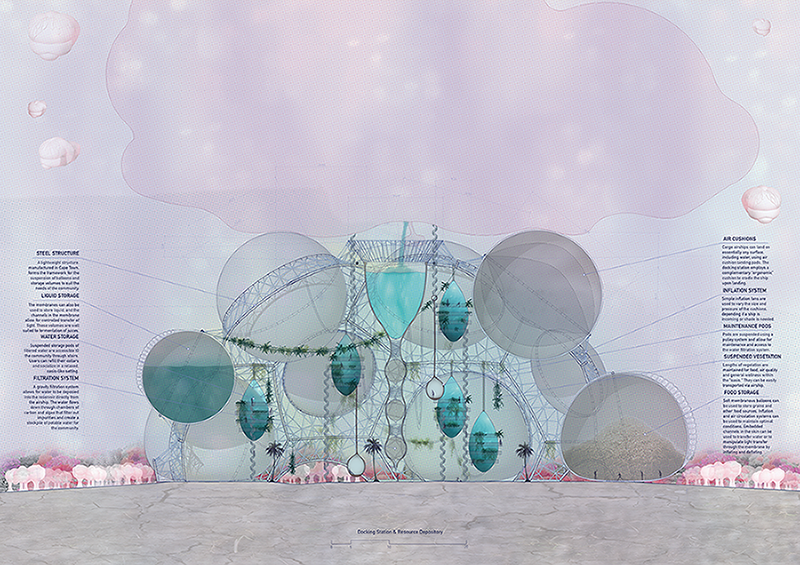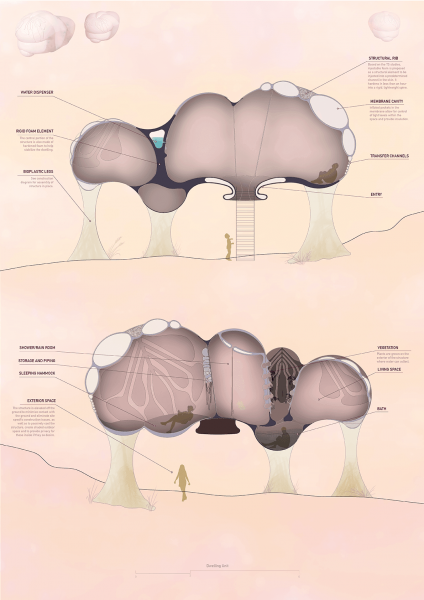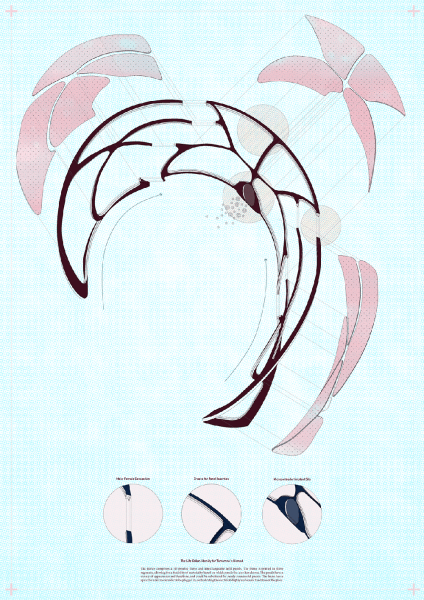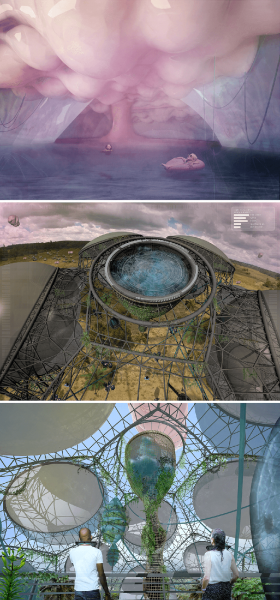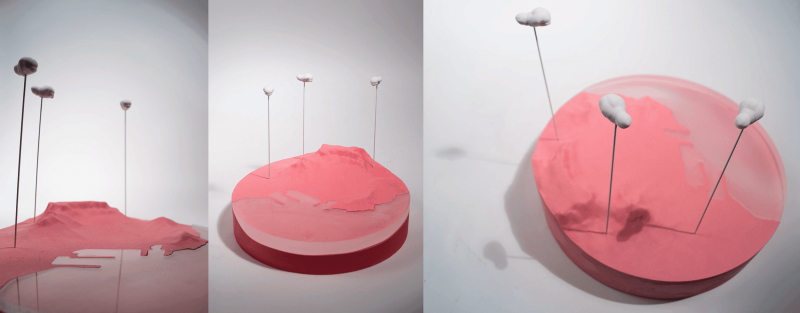EPHEMERAL INFRASTRUCTURE: AIRSHIP ATLANTIS
A system of skybound infrastructure is deployed across Cape Town to address basic needs for survival. A prototypical airship transports water and people between nomadic communities. The strategic use of materials allows for structural spines and transfer channels to be embedded within an integrated pneumatic envelope. This system lends itself to the functionality of the structure as well as the experiential and tactile qualities of its inhabitation.


